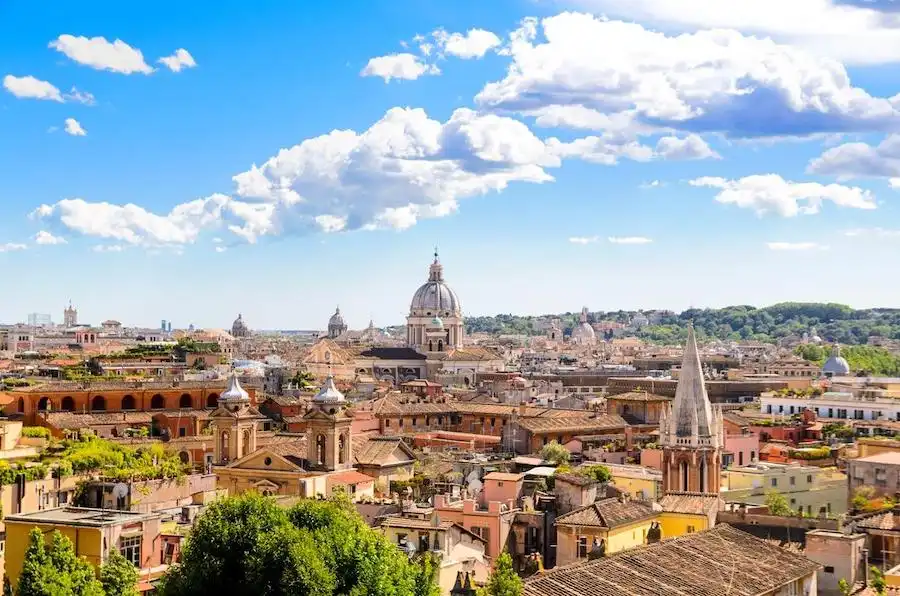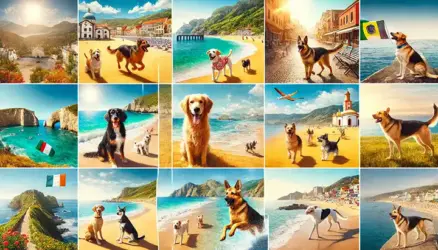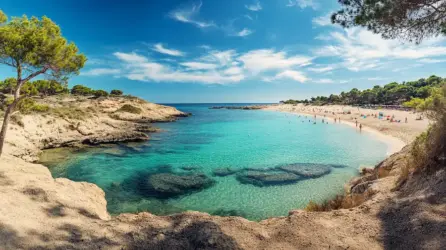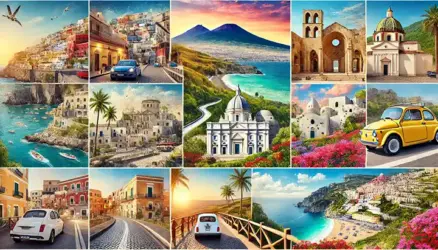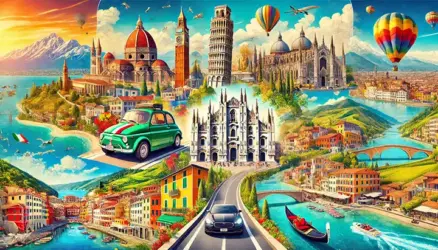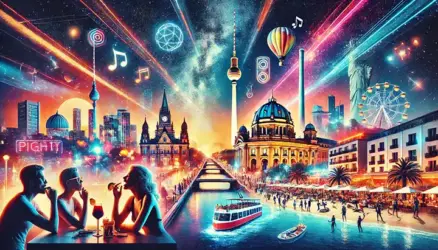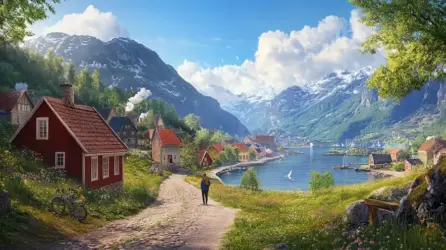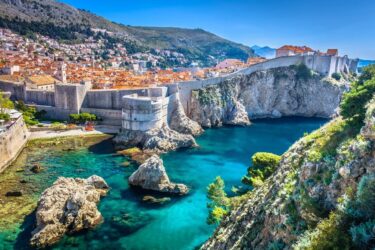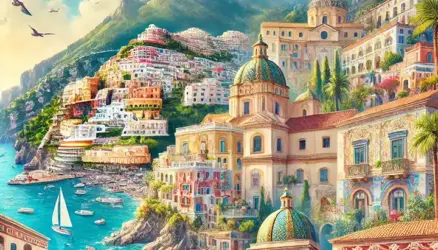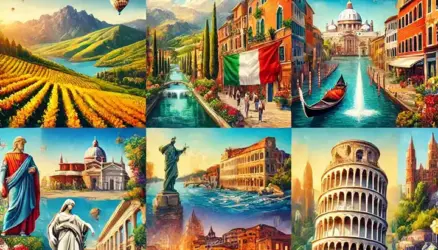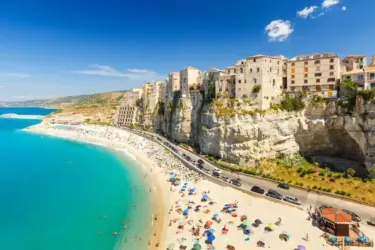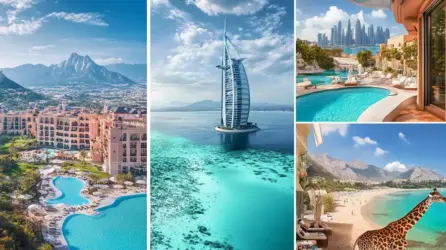Rome has a lot to offer in terms of history, culture, and food
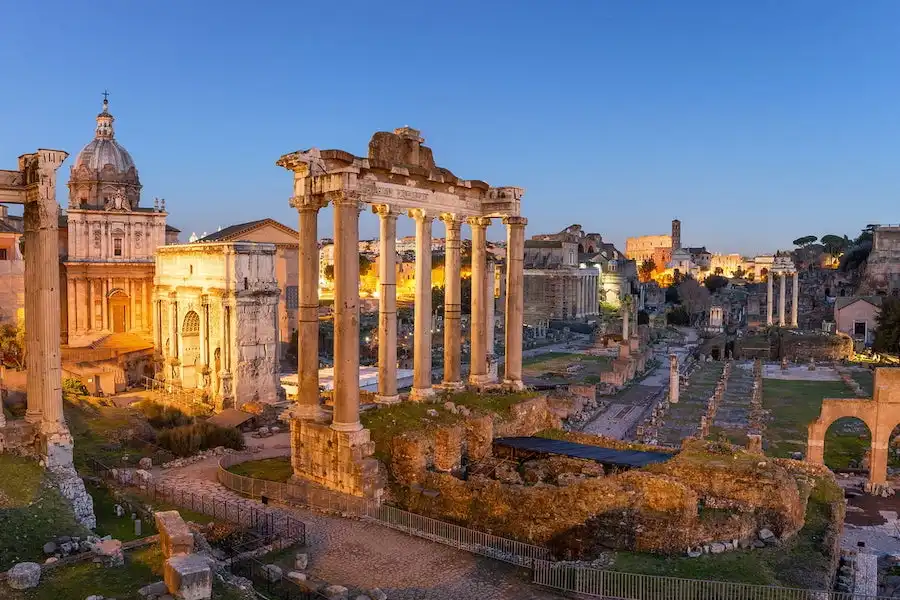
Rome is a living museum. Its monuments, squares, and buildings provide insight into one of the world’s most powerful empires, uniting Europe, Africa, and Asia. Visiting these sites is an opportunity to learn about one of humanity’s most crucial chapters.
However, visiting Rome is more than just a journey into the past. It’s a journey through the flavors of one of the world’s most popular cuisines. In the Italian city, one may dine extremely well, from traditional pasta to innovative delicacies. To make the most of your vacation and experience the finest of Italian culture, create a 3- to 5-day Rome itinerary, and we’ve put together this important list of things to do in Rome for your first visit.
In Osterias and Trattorias, eat like a Roman
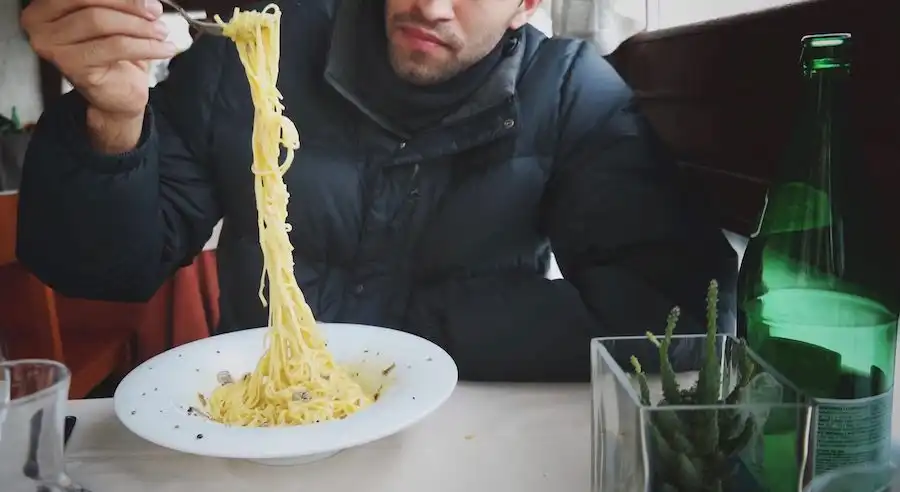
Italian cuisine is well-known, and your Rome itinerary will be incomplete without a list of Roman specialties to sample. The pasta selection is as extensive as the sauce selection, but there are a few items that must be included on your itinerary. One of them is Spaghetti Carbonara. Bacon, pork cheek, eggs, and black pepper are used to make the sauce. Spaghetti all’Amatriciana is another Italian classic, made with olive oil, pork cheek, white wine, tomatoes, pepper, and grated pecorino cheese.
Cacio e Pepe, on the other hand, is a simple sauce made with only three ingredients: pecorino cheese, salt, and freshly grated black pepper. Its trick, which appears to be simple, is to harmonize the ingredients so that the sauce has the correct consistency. However, Romans do not live just on pasta; artichoke preparations such as Carciofi alla Romana or Carciofi alla Giudia are two traditional meals to try in the city (the fried version).
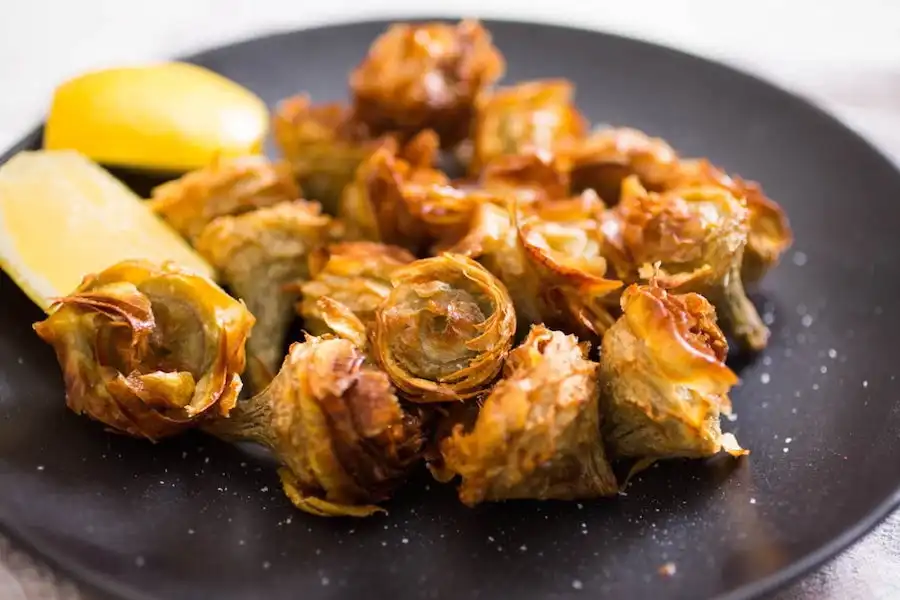
Where should you eat in Rome?
These, and other foods, are widely available in osterias, trattorias, and ristorantes. There are, nevertheless, considerable variances between these locations. The osterias may be traced back to the period of the pilgrims, who rested and ate at rustic roadside enterprises. With few tables, a modest menu, and family ownership, osterias maintain their simplicity.
The ristorantes are more formal establishments with a well-prepared food and sophisticated service. Trattorias are less formal than ristorantes and offer a more diverse menu than osterias.
Take a tour of Ancient Rome
You must see the Colosseum, the Palatine, and the Roman Forum to learn about the Roman Empire’s history. The first is the city’s principal symbol, while the other two served as ancient Rome’s administrative and religious centers. Because they are so close together, they may be visited with the same ticket.
Tip: Although there is no sequence of entry, it is crucial to maintain your ticket because the Colosseum’s entrance is different from the Palatine and Roman Forum ruins. Another distinction is that the gladiator arena visit must be scheduled, whilst the other two do not.
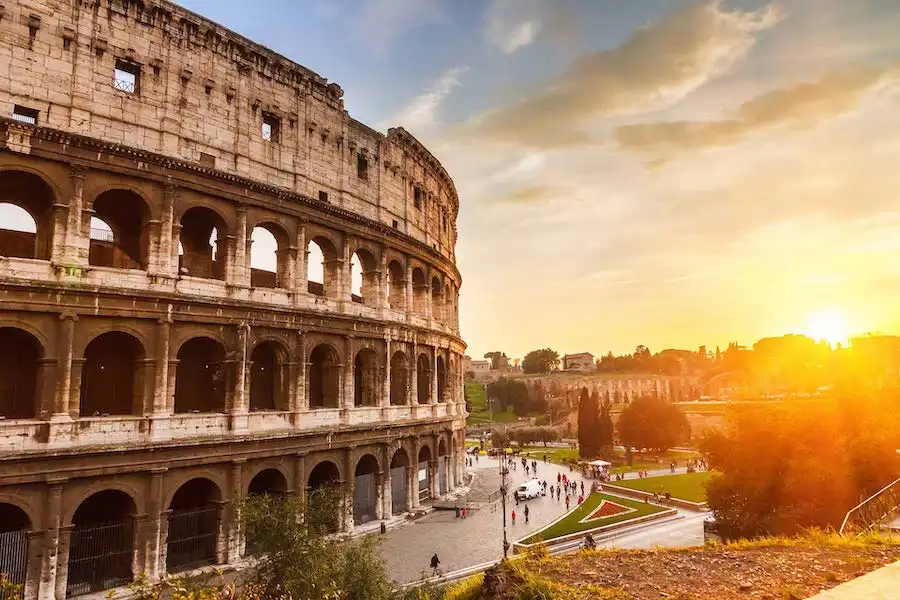
The ruins of the Circus Massimo, located just 1 kilometer from the Colosseum, were formerly the site of sporting events, the most famous of which was the chariot race. Anyone who has seen ancient Rome movies might understand how these chariots pulled by fast horses were. Following additional excavations, ancient treasures were discovered, and the Circus Massimo reopened to the public in 2016.
The majority of the Roman Empire’s monuments are now ruins due to time and man’s acts. The Pantheon, considered the best surviving edifice in Ancient Rome, is one of the exceptions. The Pantheon, once a pagan temple, was consecrated as the Basilica of St. Mary and Martyrs in the seventh century.
Attractions in Rome’s Historic Center
Walking is the greatest way to learn about the historic core, and there are plenty of attractions to see. Don’t worry about sticking to a pre-determined path since you’ll get distracted by something that wasn’t in the script. Rather, choose a starting point and then let yourself be taken away by the Eternal City’s charms.
Piazza Navona is notable for its size and beauty. Because it was built on the site of a sports stadium, it has a rectangular shape. Three beautiful fountains are in the center of the square, which is surrounded by cafes, restaurants, and shops.
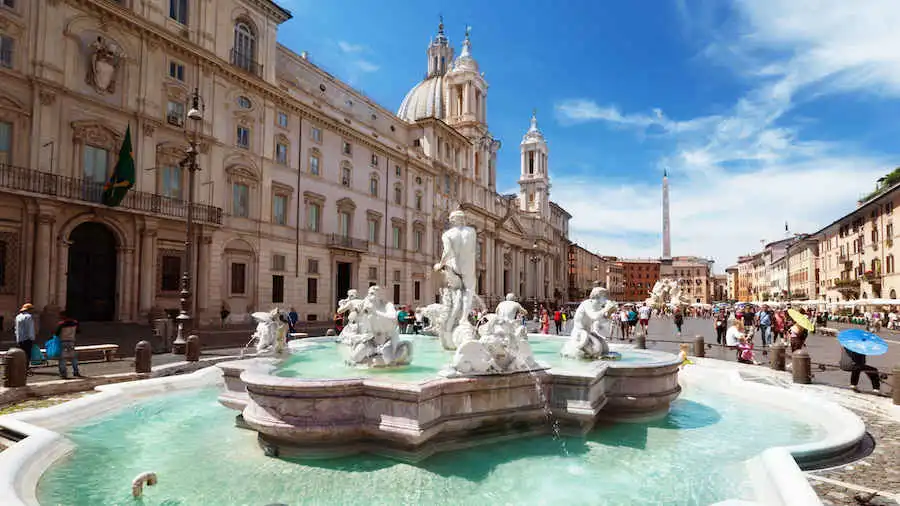
The Pantheon is about 400 meters from Piazza Navona, packed through the medieval center’s small lanes. The eye is drawn to the 43-meter diameter dome once inside the temple. Natural light streams into the church through a nearly 9-meter aperture in the center. Water that comes from the roof drains through little cracks in the floor when it rains.
The Trevi Fountain is a 15-minute walk away, as are the steps of Piazza di Spagna, well known as the Spanish Steps, a popular meeting spot for Romans and tourists.
Nothing like a genuine handmade Italian pasta for recharging your batteries. That is the recommendation of the Michelin Guide’s traditional Colline Emiliane.
Go to Vatican
Vatican is the world’s smallest country and is always included in Rome’s tours. Visit St. Peter’s Basilica, the Sistine Chapel, and the Vatican Museums for at least one day. The Vatican Museums are a complex containing nine museums, various collection rooms, and the Sistine Chapel as its principal feature.
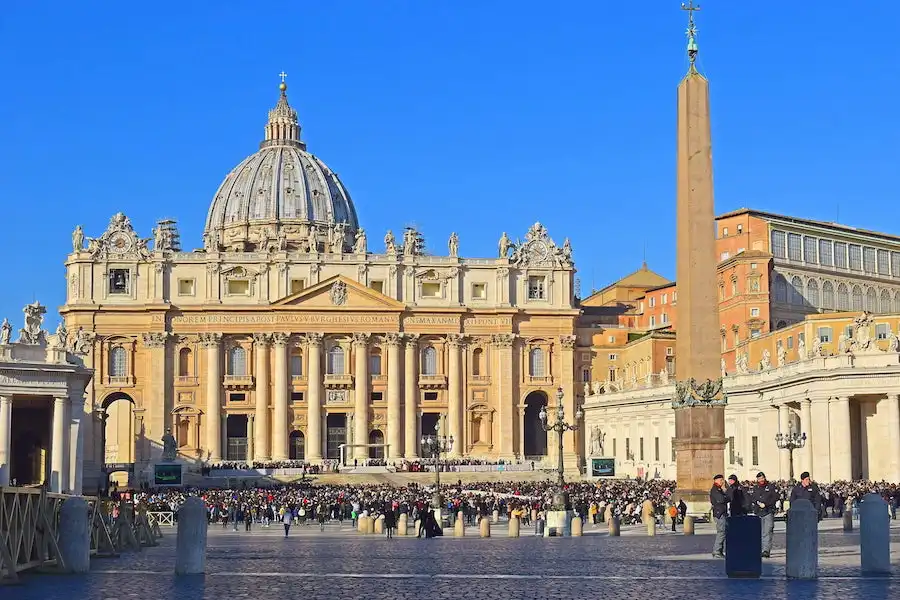
The Basilica is free to enter, but arrive early because the wait is long. If you’re interested, it’s worth paying to walk up to the dome (tickets required) to see Michelangelo’s masterpiece at Capela Sistine and to see the view of St. Peter’s Square and Rome from outside.
To get the most out of your visit, look up the areas of interest on the museum’s website ahead of time and arrange your visit or receive a guided tour.
Do a gastronomy tour in Rome
There are numerous monuments, museums, archaeological sites, and parks where Roman history and culture can be learned. However, ingredients, recipes, meals, locations, and ways of tasting demonstrate Roman tradition and customs in its cuisine. A cuisine tour in Rome is a unique and interesting way to learn about the city’s culture.
You will visit local markets, bars, and restaurants in gastronomic hotspots such as the traditional Testaccio and Trastevere neighbourhoods on the program.
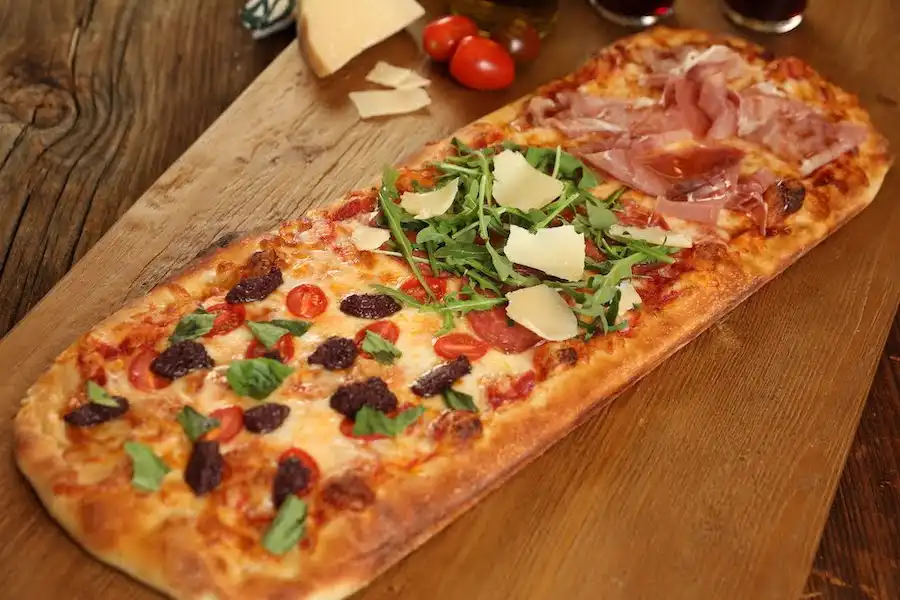
Discover Gelato
Gelato is not the same as ice cream. Despite the fact that the ingredients are similar, the preparation is different. Gelato is made using artisanal processes, with fresh ingredients, minimal fat, and no preservatives to achieve its flavor.
Gelato has been associated with the Italians since the Roman Empire, when it was created using shaved ice and fruit. They eventually added milk to the recipe, but refrigeration made the process difficult. As a result, the dessert was only available to royalty. When it comes to royalty, gelato achieved international significance at Queen Catherine de Medici’s wedding.
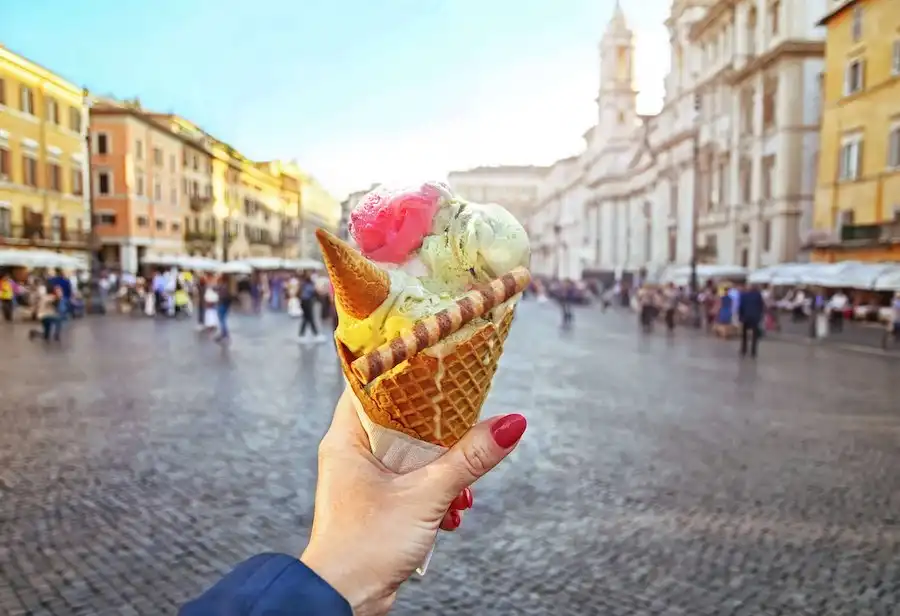
Although Monte Gianicolo is not one of Rome’s seven hills, it offers one of the city’s most magnificent views. Because it is at the top part of Trastevere, you can include it in your Rome itinerary for this neighbourhood. It is accessible via bus, vehicle, or foot. It will take about 15 minutes to walk there from the Basilica of Santa Maria in Trastevere.
Two sights to see along the way: the Church of San Pietro in Montorio, where it is supposed that St. Peter was crucified; and the Church of San Pietro in Montorio. The lovely Fontana dell’Acqua Paola may be seen in the Monte Gianicolo neighbourhood. You have a great view of Rome and the Vatican from the top of the hill.
